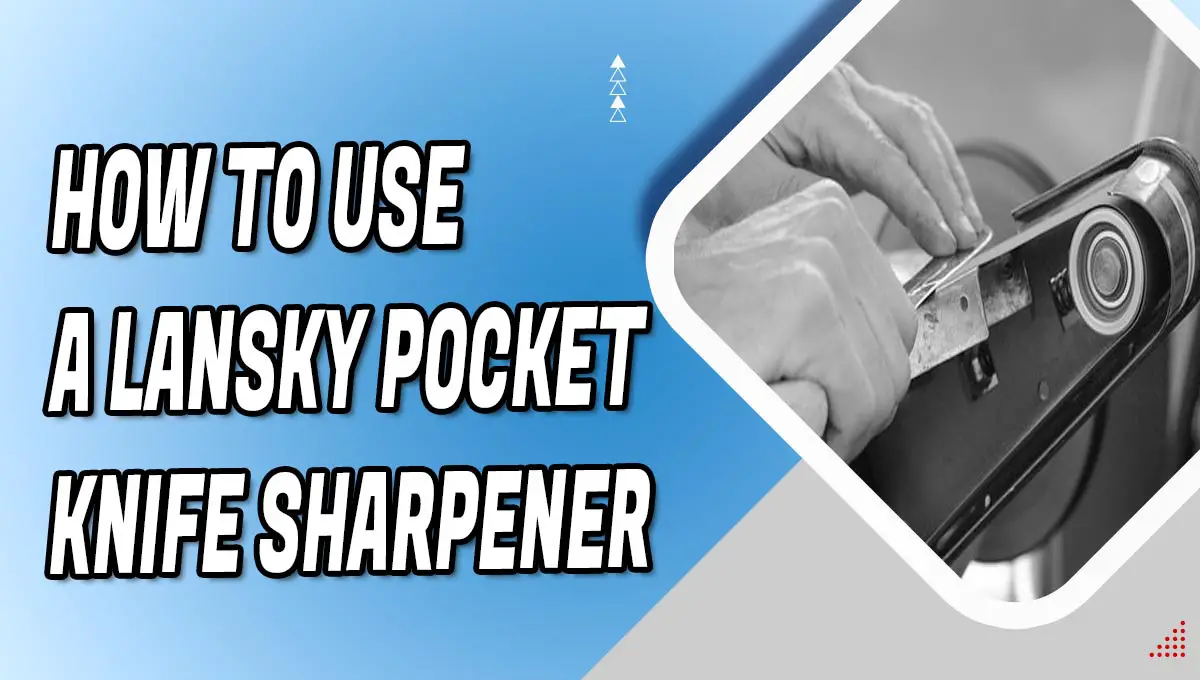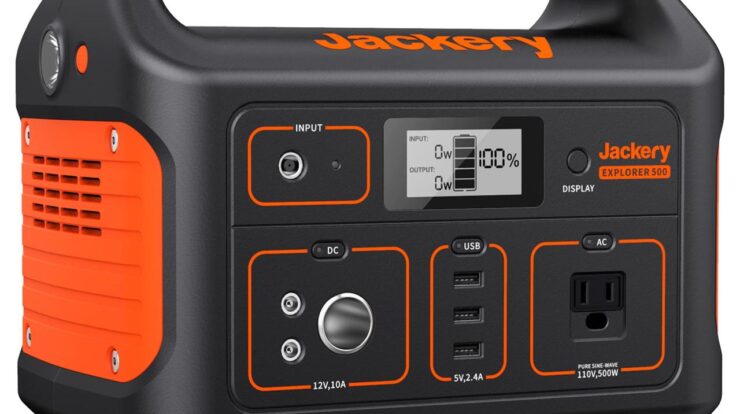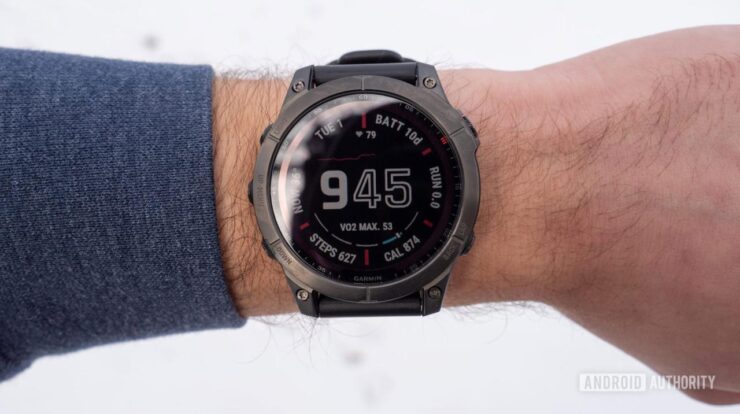In the realm of outdoor adventures and everyday tasks, a sharp pocket knife is an indispensable tool. Discover the art of maintaining its razor-sharp edge with this comprehensive guide on how to use a pocket knife sharpener. Embark on a journey that empowers you to restore your blade’s pristine sharpness and tackle any cutting challenge with confidence.
From understanding the types of sharpeners available to mastering the step-by-step sharpening process, this guide provides a wealth of practical knowledge. Dive into the world of pocket knife sharpening and unlock the secrets of keeping your trusty blade in optimal condition.
Understanding Pocket Knife Sharpeners
Pocket knife sharpeners come in various types, each with unique features and applications. Understanding these differences is crucial for selecting the most suitable sharpener for your specific needs.
Types of Pocket Knife Sharpeners
- Pull-Through Sharpeners:These sharpeners have pre-set sharpening angles and require you to pull the knife through the slots. They are easy to use but may not provide precise control over the sharpening angle.
- Whetstones:These are natural or artificial stones used for sharpening knives. They offer greater control over the sharpening angle and can be used to achieve a very sharp edge. However, they require some skill and practice to use effectively.
- Electric Sharpeners:These sharpeners use rotating grinding wheels to sharpen knives. They are quick and easy to use but can be more expensive than other types of sharpeners.
Factors to Consider When Choosing a Pocket Knife Sharpener
- Type of Knife:Different knives have different sharpening angles. Consider the type of knife you need to sharpen when selecting a sharpener.
- Sharpening Angle:The sharpening angle determines the sharpness and durability of the edge. Choose a sharpener that allows you to set the desired sharpening angle.
- Ease of Use:Some sharpeners are easier to use than others. Consider your skill level and the time you are willing to spend on sharpening.
- Durability:Sharpeners should be durable enough to withstand regular use. Look for sharpeners made from high-quality materials.
Step-by-Step Guide to Using a Pocket Knife Sharpener
Sharpening your pocket knife is essential for maintaining its performance and safety. Here’s a detailed guide to help you use a pocket knife sharpener effectively.
Preparing the Sharpener
Before sharpening, ensure your sharpener is securely set up on a stable surface. Follow the manufacturer’s instructions for assembly and adjustment.
Positioning the Knife
Hold the knife perpendicular to the sharpener’s sharpening rods. The blade should be resting flat against the rods, with the edge facing the direction of sharpening.
Applying Pressure
Apply light to moderate pressure while drawing the knife across the sharpening rods. Maintain a consistent angle throughout the stroke.
Maintaining the Angle
It’s crucial to maintain a consistent angle throughout the sharpening process. Use a guide or reference point to ensure the angle remains the same.
Sharpening in Stages
Start with coarse-grit rods for removing major nicks or damage. Gradually progress to finer-grit rods for honing the edge.
For all your outdoor tasks, a greenworks electric chainsaw is an essential tool. Its powerful motor and durable construction make it perfect for cutting through branches, logs, and other tough materials. Plus, its electric operation means no fumes or noise, making it ideal for residential areas.
Testing the Sharpness, How to use a pocket knife sharpener
After sharpening, test the knife’s sharpness by cutting a piece of paper or slicing through a tomato. If the knife cuts cleanly without tearing, it’s sufficiently sharp.
Tips and Tricks
- Lubricate the sharpening rods with a few drops of oil to reduce friction.
- Use a sharpening guide to maintain a consistent angle.
- Sharpen in short, controlled strokes to avoid overheating the blade.
- Don’t over-sharpen the knife, as this can weaken the blade.
- Clean the sharpener regularly to remove metal shavings.
Safety Precautions for Pocket Knife Sharpening

Sharpening a pocket knife requires utmost care to prevent injuries and ensure a safe sharpening experience. Observing proper safety precautions is crucial for both beginners and experienced users.
Before handling a sharpener, it’s essential to wear protective gear. This includes gloves to shield your hands from cuts and a safety mask or goggles to protect your eyes from flying metal particles. Additionally, maintain a stable work environment by ensuring you have a secure and well-lit workspace to prevent accidents.
Potential Hazards
- Cuts and lacerations:Sharp blades can easily cause cuts if handled carelessly. Always keep your fingers away from the cutting edge and handle the knife with caution.
- Eye injuries:Metal particles or sparks generated during sharpening can harm your eyes. Wear protective eyewear to prevent any damage.
- Burns:Friction from sharpening can generate heat, potentially causing burns. Handle the knife and sharpener carefully to avoid touching hot surfaces.
Troubleshooting Common Sharpening Issues
Using a pocket knife sharpener is generally straightforward, but occasional issues may arise. Here are some common problems and troubleshooting tips to help you resolve them:
Difficulty Sharpening
- Cause:Dull or damaged sharpener rods
- Solution:Replace the sharpener rods or use a ceramic or diamond sharpener for better durability.
- Cause:Incorrect angle or pressure
- Solution:Ensure you’re holding the knife at the correct angle (15-20 degrees) and applying even pressure.
- Cause:Burrs forming on the blade
- Solution:Use a honing rod or fine-grit sandpaper to remove any burrs that may be inhibiting sharpening.
Uneven Sharpening
- Cause:Inconsistent pressure or angle
- Solution:Focus on maintaining a consistent angle and pressure throughout the sharpening process.
- Cause:Dull or damaged sharpener rods
- Solution:Replace or repair the sharpener rods to ensure they provide even sharpening.
Blade Damage
- Cause:Excessive pressure or incorrect angle
- Solution:Be gentle when sharpening and ensure you’re using the correct angle to avoid damaging the blade.
- Cause:Over-sharpening
- Solution:Sharpen the blade only until it’s sufficiently sharp, and avoid over-sharpening, which can weaken the blade.
Maintaining and Caring for Pocket Knife Sharpeners
Maintaining your pocket knife sharpener is crucial for its longevity and optimal performance. Regular cleaning and lubrication prevent dirt, grime, and moisture from accumulating, which can hinder the sharpening process and damage the sharpener’s components.
Cleaning the Sharpener
- Use a soft cloth or brush to remove loose debris from the sharpener’s exterior and sharpening rods.
- For stubborn dirt or grime, dampen the cloth with a mild cleaning solution (e.g., dish soap and water) and gently wipe down the surfaces.
- Rinse the sharpener thoroughly with clean water and dry it completely with a clean cloth.
Lubricating the Sharpener
- Apply a small amount of lubricant (e.g., mineral oil or a specialized knife sharpener oil) to the sharpening rods using a cotton swab or cloth.
- Distribute the lubricant evenly over the rods, ensuring they are well-coated but not excessively oily.
- Wipe away any excess lubricant to prevent it from attracting dirt or debris.
Storing and Transporting the Sharpener
- Store the sharpener in a dry, dust-free location when not in use.
- Consider using a protective case or box to prevent scratches or damage during transport.
- Avoid exposing the sharpener to extreme temperatures or humidity, as these can affect its performance and longevity.
Additional Tips and Techniques for Sharpening
Elevate your sharpening skills to achieve professional-grade results with these advanced tips and techniques. Master the art of selecting the optimal sharpening angle, executing precise strokes, and maintaining a consistent motion throughout the sharpening process.
Sharpening Angles
The sharpening angle plays a crucial role in determining the sharpness and edge retention of your knife. For general-purpose knives, a 20-degree angle is a good starting point. However, you can adjust the angle depending on your specific needs and preferences.
A smaller angle (15-17 degrees) will create a sharper edge but may require more frequent sharpening, while a larger angle (22-25 degrees) will produce a more durable edge that can withstand heavy use.
Sharpening Strokes
The way you move the knife across the sharpener will also impact the sharpness of the blade. Use smooth, even strokes, applying light to moderate pressure. Avoid sawing or jerking motions, as these can create uneven edges or damage the knife.
Keep the knife perpendicular to the sharpener and maintain a consistent angle throughout each stroke.
Maintaining a Consistent Motion
Consistency is key when sharpening a knife. Try to use the same pressure, speed, and angle for each stroke. This will help ensure an even and sharp edge. If you apply too much pressure or vary the angle, you may end up with an uneven or dull edge.
Final Thoughts: How To Use A Pocket Knife Sharpener
Mastering the art of using a pocket knife sharpener empowers you to maintain a razor-sharp edge that will effortlessly slice through any task. With the knowledge gained from this comprehensive guide, you can confidently tackle any sharpening challenge and keep your pocket knife performing at its peak.
Remember, a sharp knife is a safe knife, so embrace the satisfaction of a perfectly honed blade and elevate your outdoor adventures and everyday tasks to a new level of efficiency.
Clarifying Questions
What are the different types of pocket knife sharpeners available?
There are various types of pocket knife sharpeners, including whetstones, ceramic rods, pull-through sharpeners, and electric sharpeners. Each type has its own advantages and disadvantages, so choose the one that best suits your needs and preferences.
How often should I sharpen my pocket knife?
The frequency of sharpening depends on how often you use your knife and the type of tasks you perform. As a general rule, sharpen your knife whenever you notice it becoming dull or struggling to cut effectively.
Can I use a pocket knife sharpener to sharpen other tools?
Yes, many pocket knife sharpeners can be used to sharpen other tools with similar blade shapes, such as scissors, kitchen knives, and small axes. However, always refer to the manufacturer’s instructions for specific recommendations.

